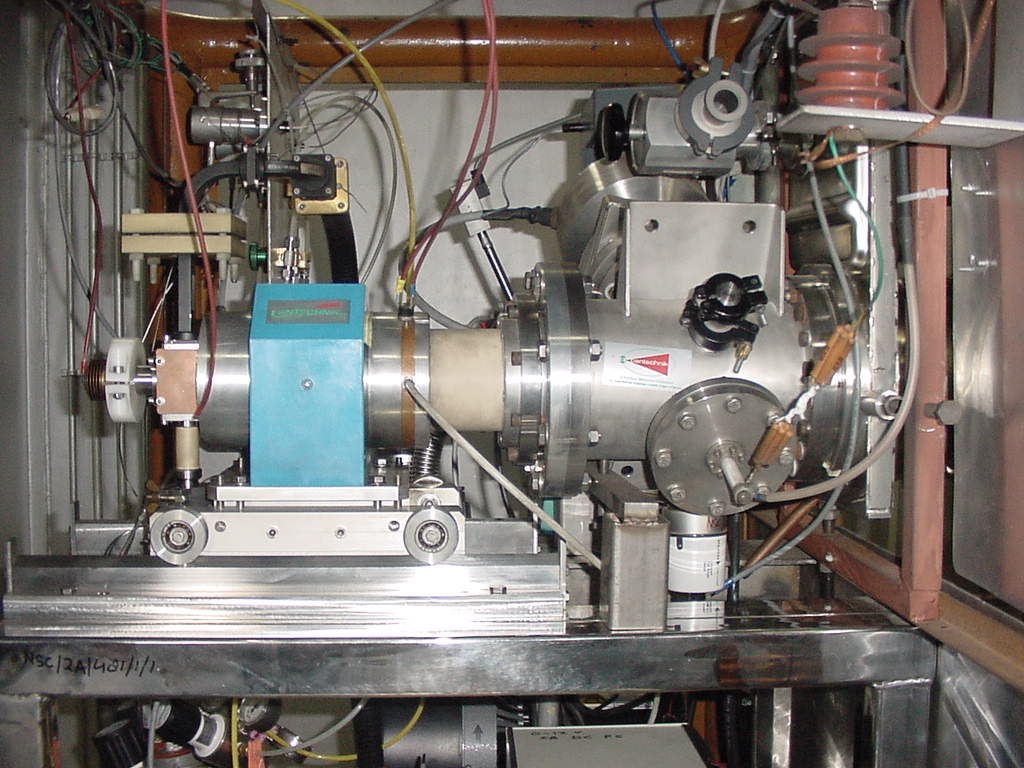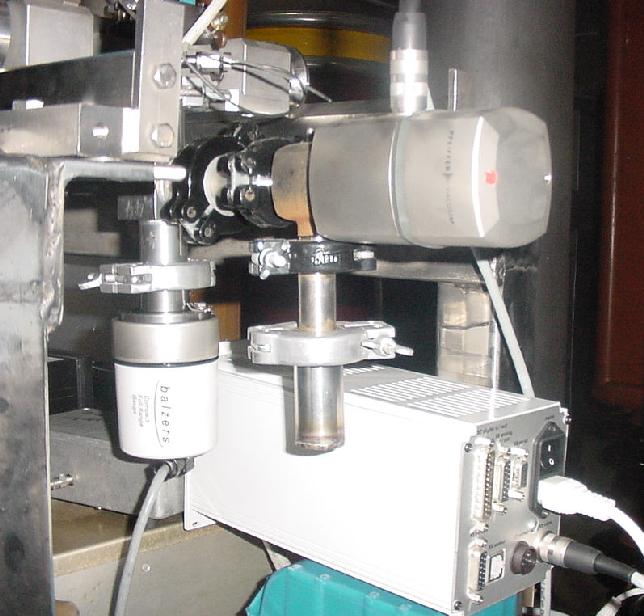[Download for Beam Time Request Form ]

The Low Energy Ion Beam Facility (LEIBF) at the Inter-University Accelerator Centre provides multiply charged ion beams at a wide range of energies (a few keV to about an MeV) for experiments in Atomic, Molecular and materrial sciences. The facility consists of an Electron Cyclotron Resonance ion source (Nanogan from Panteknik) installed on a high voltage deck. This kind of unique facility based on all permanent magnet (NdFeB) design for radial and axial confinement of plasma provides an excellent opportunity to do research in materials science,atomic physics and surface physics. All the electronic control devices of the ECR source including high power UHF transmitter (10 GHz), are placed on a high voltage deck. These are controlled through optical fiber communication in multiplexed mode. Design and development of the high voltage platform, accelerating system and the beam lines with components thereof like electrostatic quadruple triplet lens, all metal double slit, beam steerers, Faraday cups, all metal pneumatic straight through valve, UHV scattering chamber have been indigenously made.
The ECR ion source installed on the high voltage deck is shown in the figure. This facility is very useful for various exciting experimental research programs in materials science, e.g. ion beam induced epitaxial recrystallization, hetero- and nano- structure formations in semiconductors, modification of surface and near surface properties of materials, rare earth doping of semicondutors and interactions of highly charged ions with solid surfaces. Typical ion beams, range of charge states, energies and beam currents are mentioned below:
| Type of ion | Range of charge states (q) | Range of energy (E) | Range of beam current (euA) |
| Oxygen (O) | 1+ to 6+ | 50keV to 0.9MeV | 0.1 to 100 |
| Argon (Ar) | 1+ to 10+ | 50keV to 1.5MeV | 0.1 to 15 |
| Xenon (Xe) | 1+ to 20+ | 50keV to 3.0MeV | 0.1 to 15 |
| Lead (Pb) | 1+ to 15+ | 50keV to 2.2MeV | 0.1 to 8 |

Photograph on right shows the indegeneously developed MIVOC setup. The volatile compounds are placed in a quartz tube in the SS304 tube at bottom. The gas flow is controlled by the electronically operated valve at the top right. The vacuum gauge is at bottom left.

The ion beams extracted from the ECR source are charge and mass analyzed by a dipole magnet and injected into one of two available beam lines (one at ninety degrees and one at fifteen degrees). The figure shows the dipole magnet which switches the beam between the two experimental beamlines.